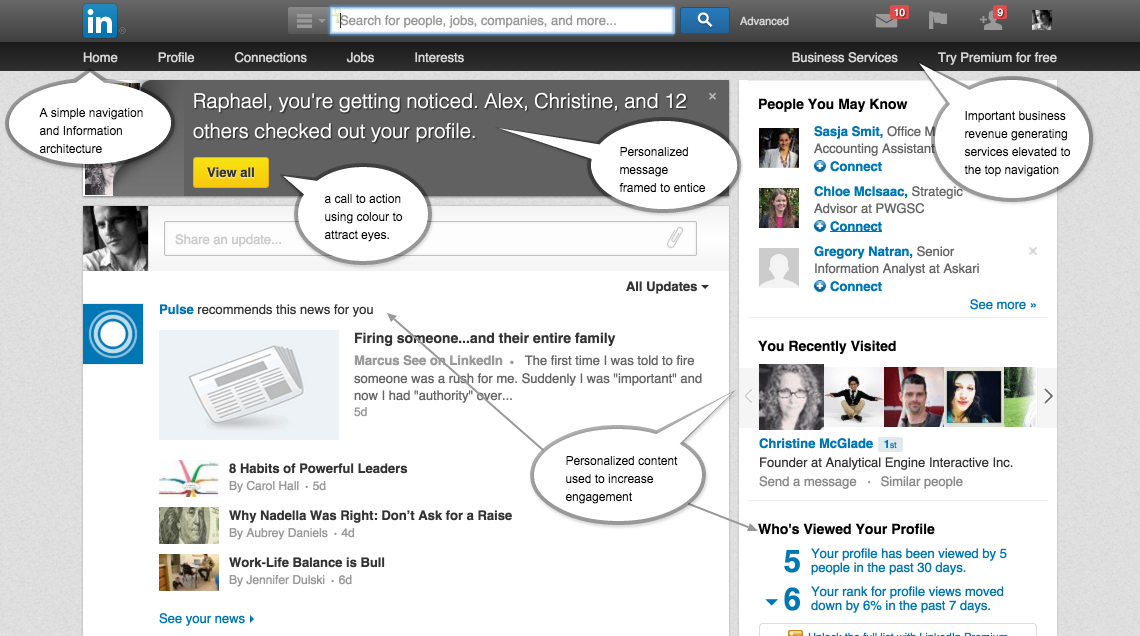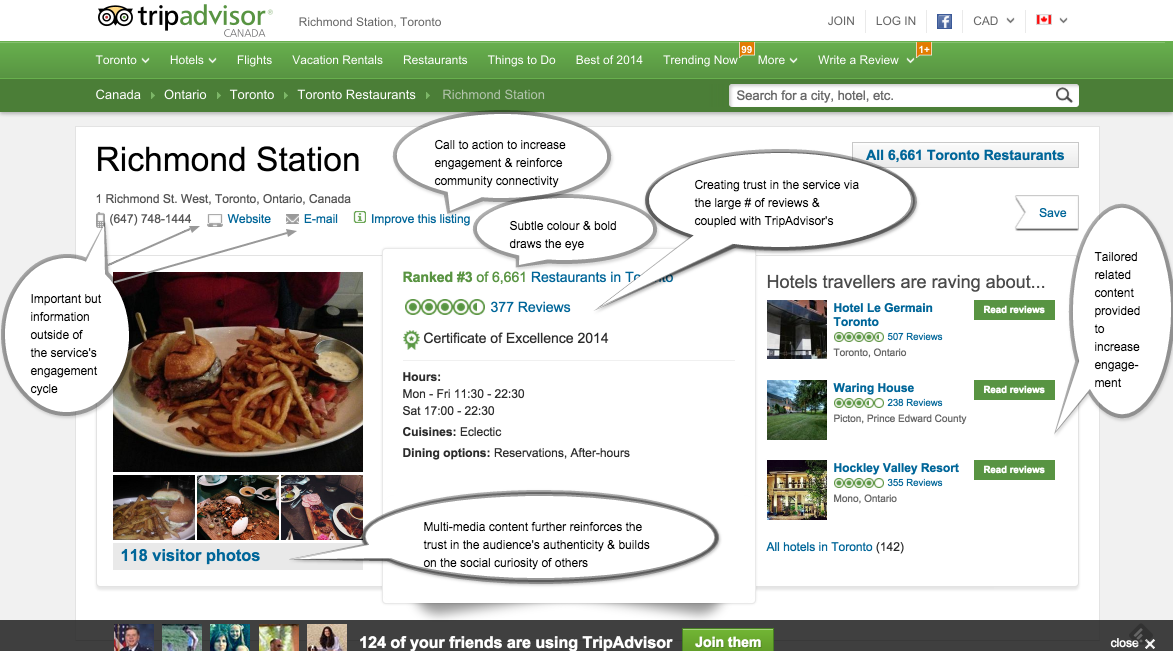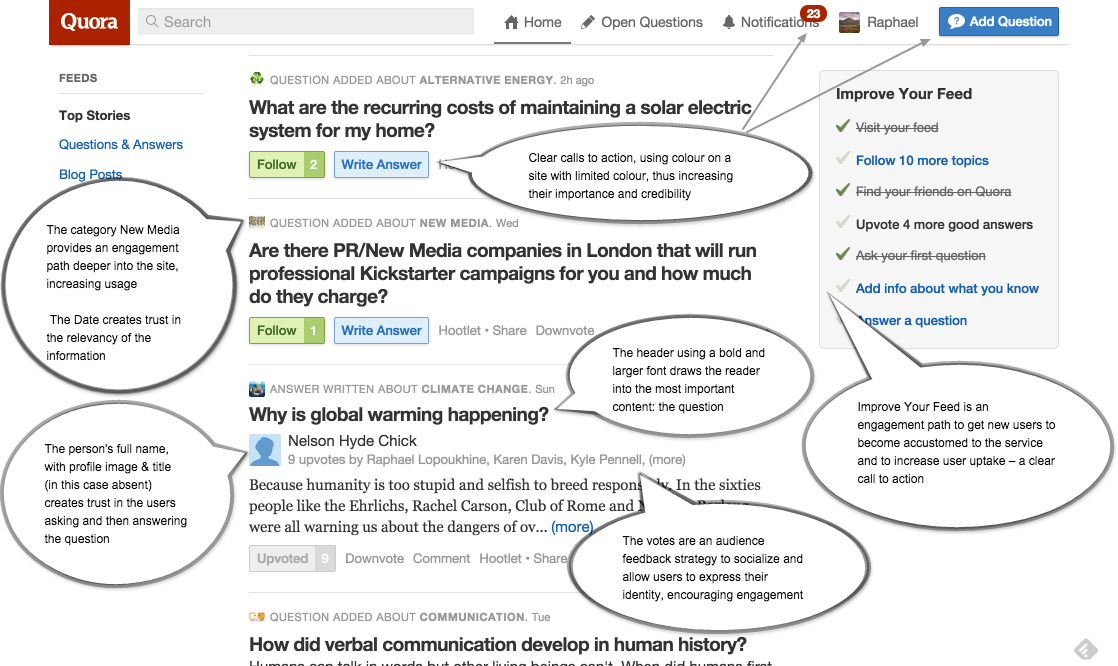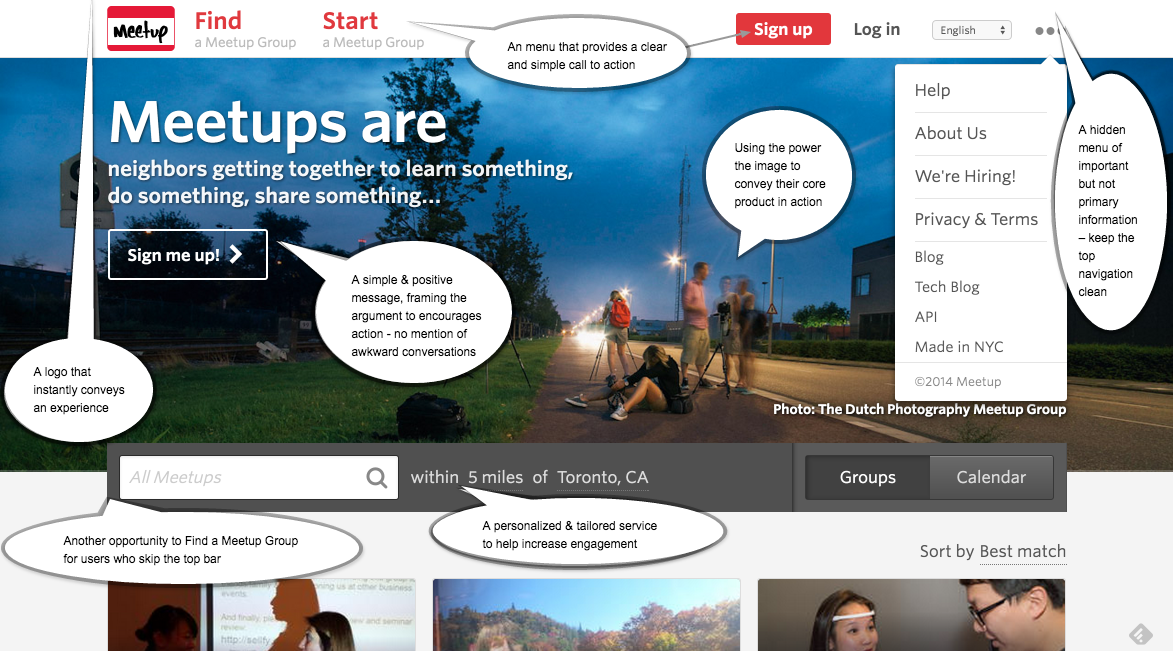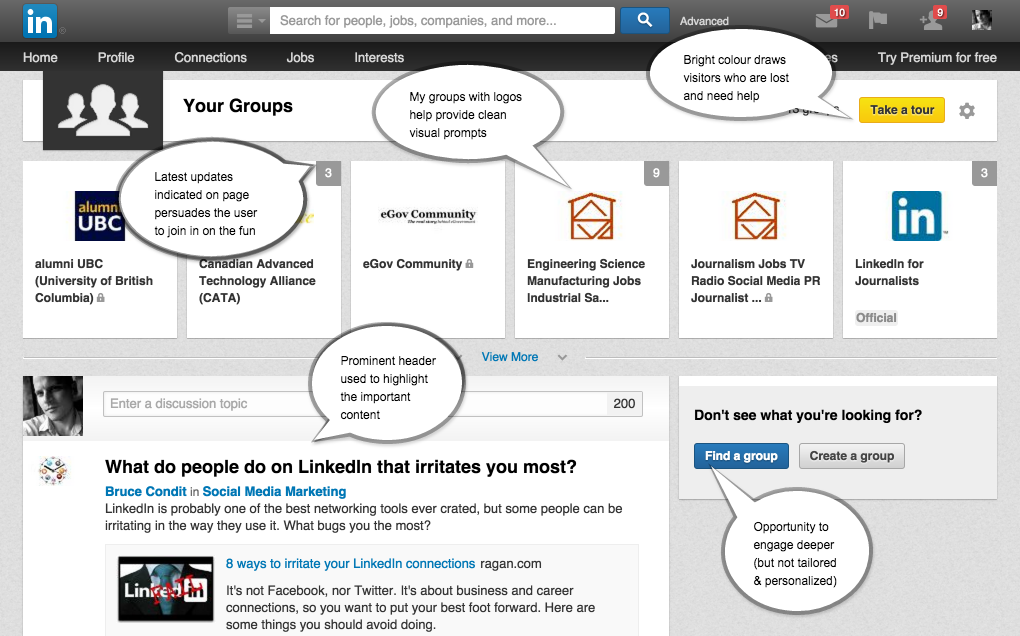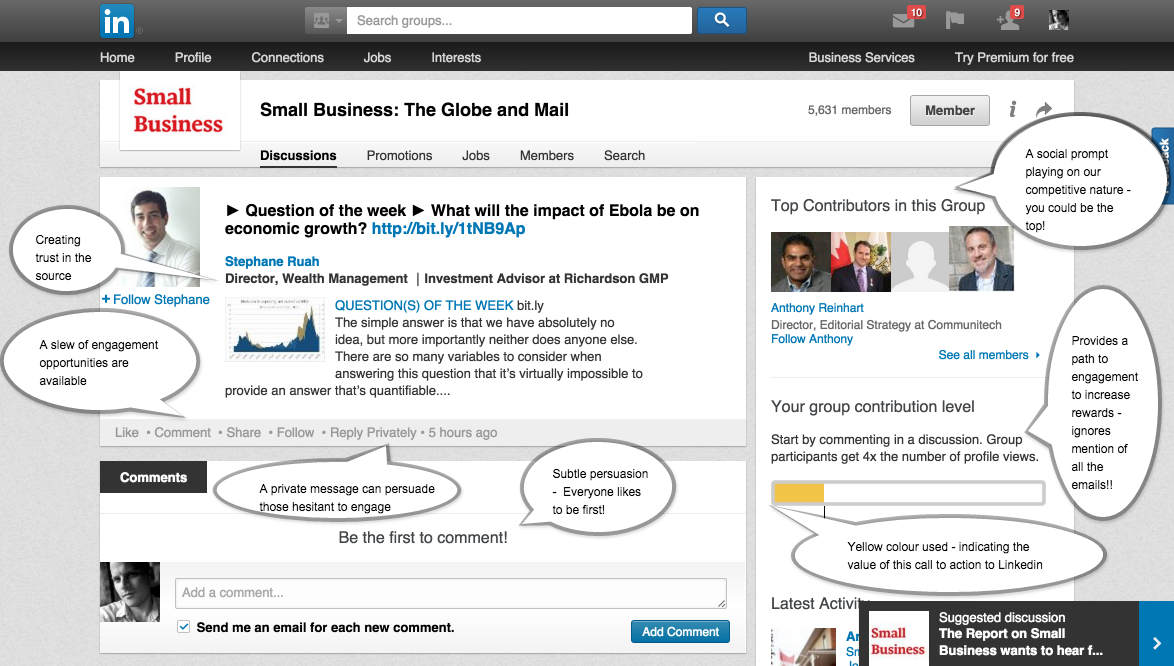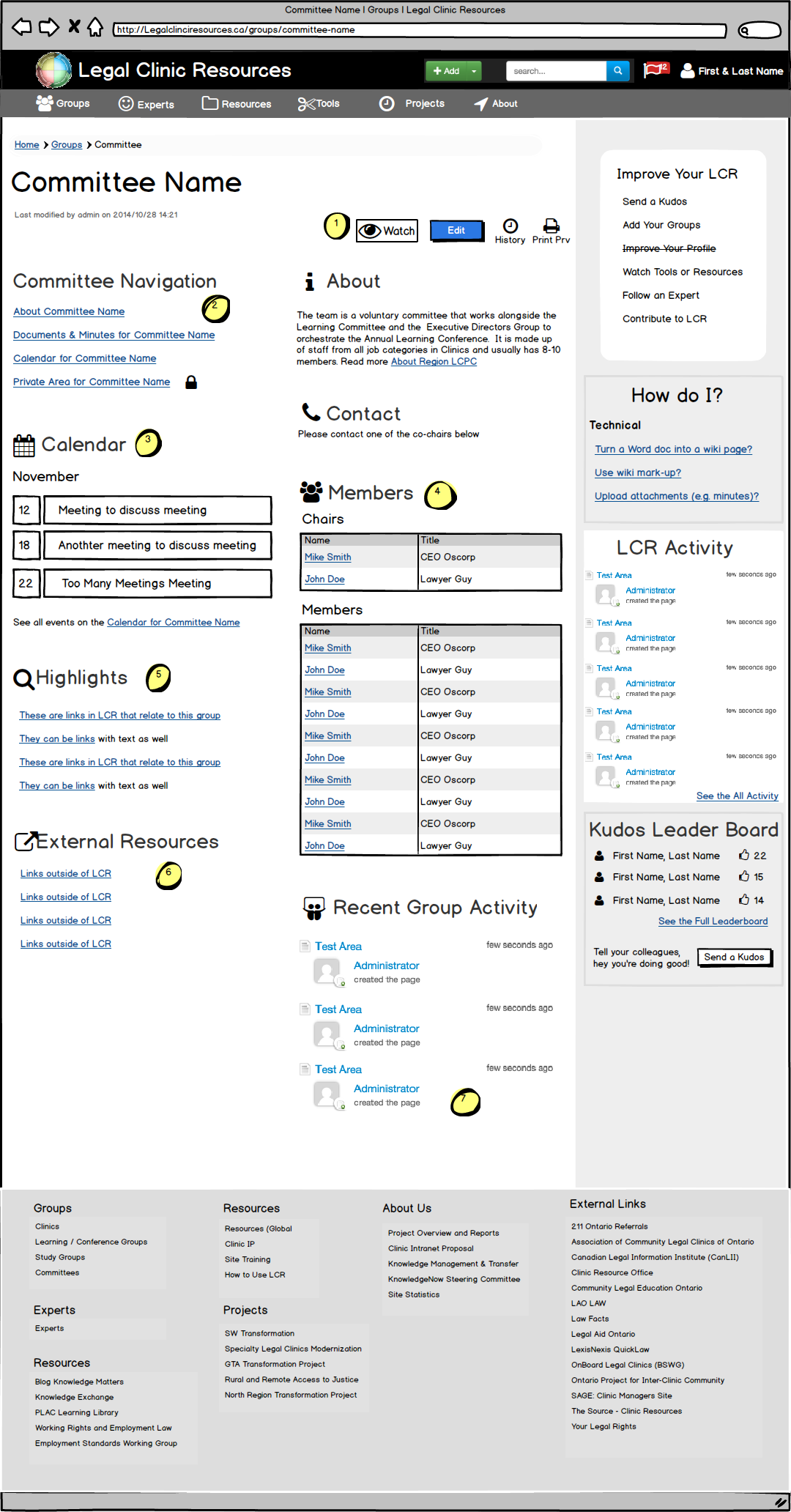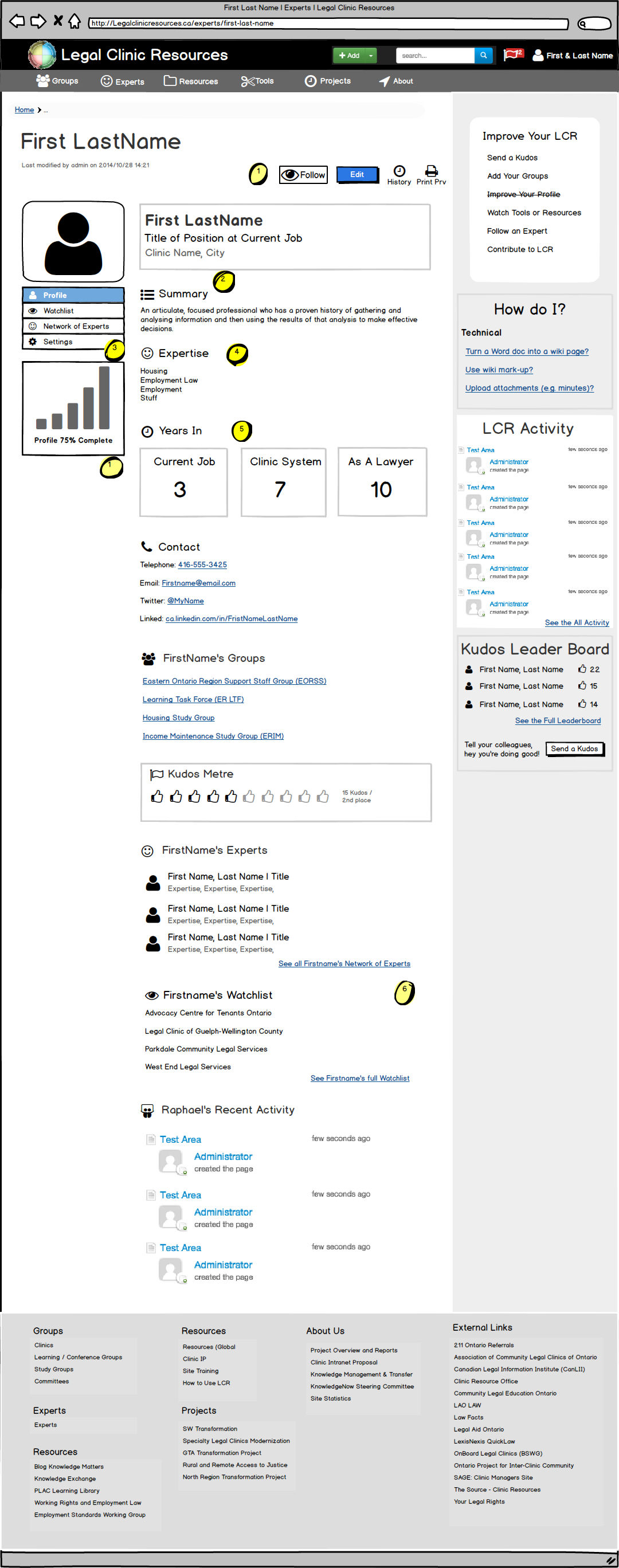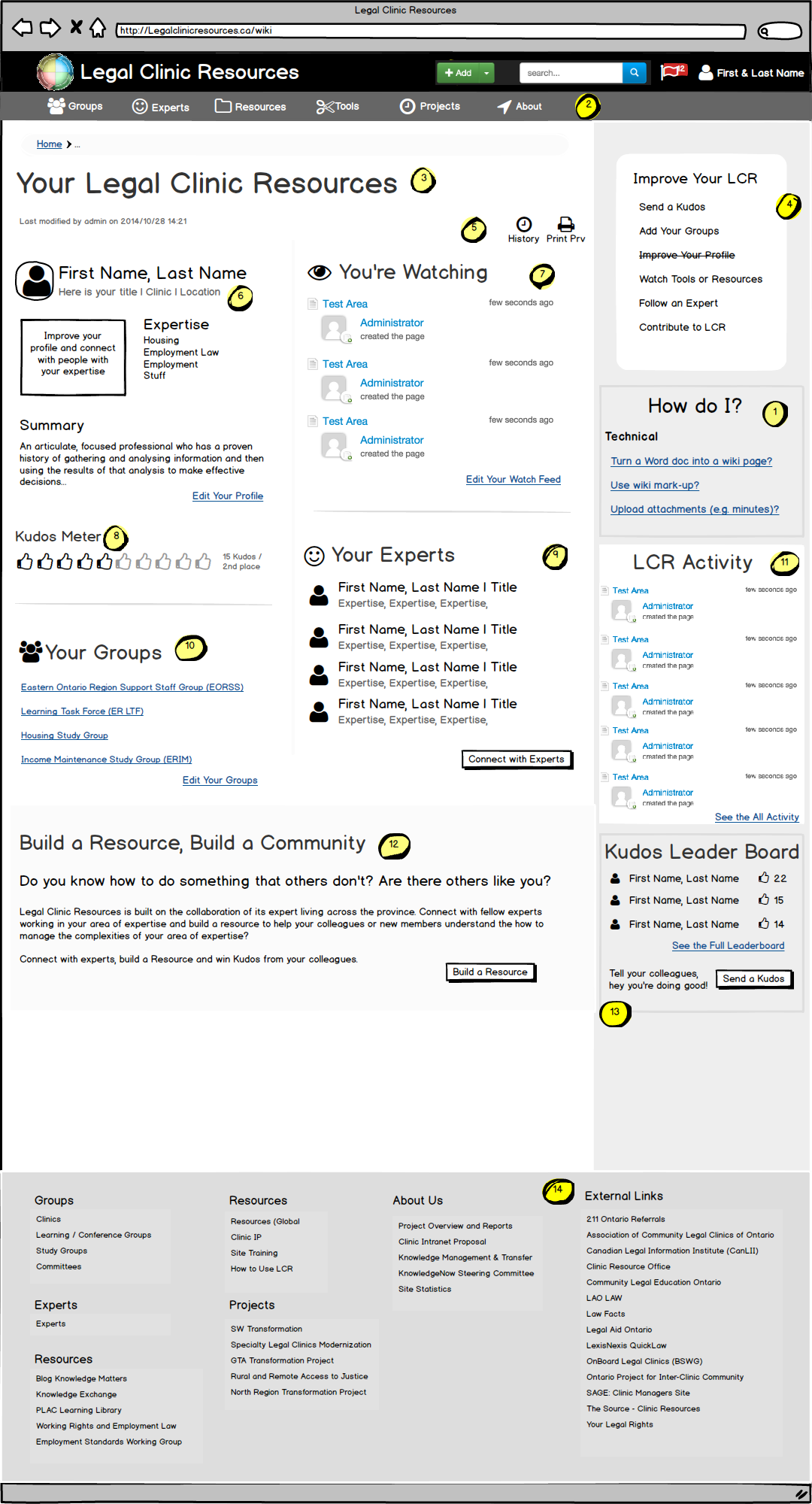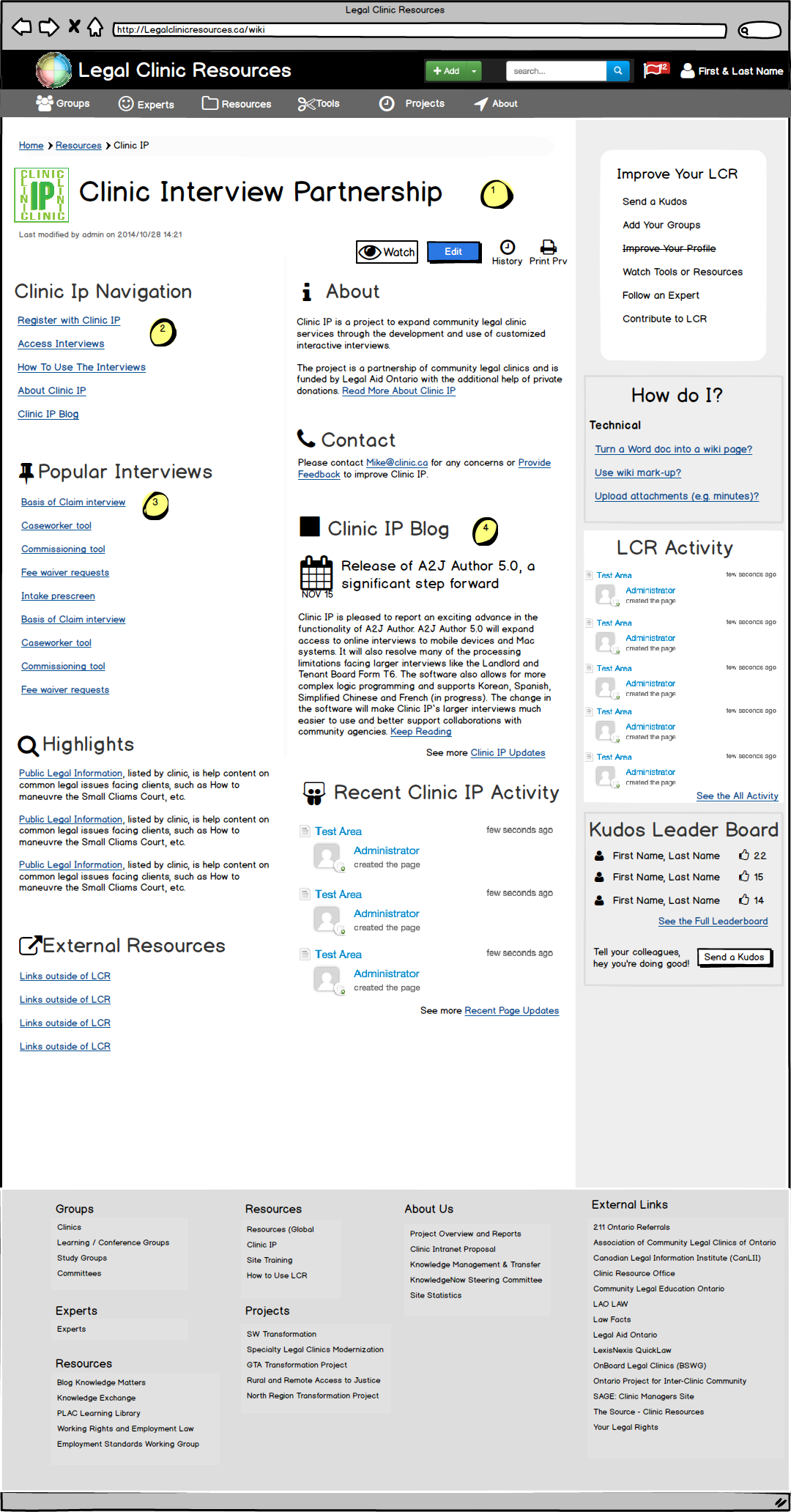LEGAL CLINIC RESOURCES RE-ARCHITECTING
Legal Clinic Resources is a intranet for Ontario’s legal clinics to share resources, information, and collaborate. Unfortunately, the site followed no clear information architecture, the menu was confusing and the users operated in silos.
LCR’s core problems
The site’s main problems was a lack of organization and user participation.
Lack of organization
Intranets are usually organized functionally, with labeling reflecting functional, task-oriented user goals. Furthermore, content and navigation on the first two to three levels should appeal to a broad target audience. Once users are inside the group or functional area, more detailed options are available.
The site’s original navigation and labeling was very specific at the top level, there were many options, page titles didn’t match menu items and the breadcrumbs were broken. The menu made it difficult for a user to predict what they might find if they click, resulting in a high level of abandonment before task completion, according to analytics and user interviews.
The main navigation had a menu item called main menu (despite being the main menu), two items with “Learning” in the title, abbreviations, and the same child items grouped under different parent options but labelled with different language.
The site map of content was a thick soup of interconnected but hard-to-find information (mapped below).



